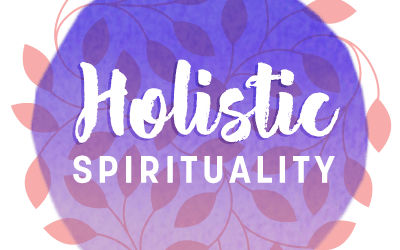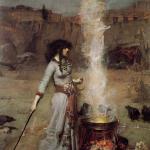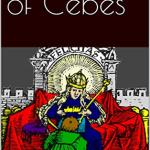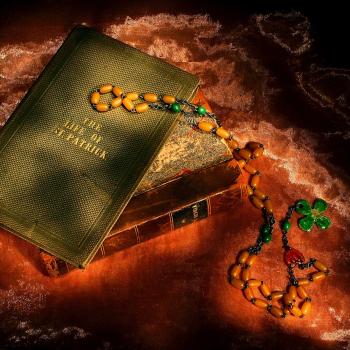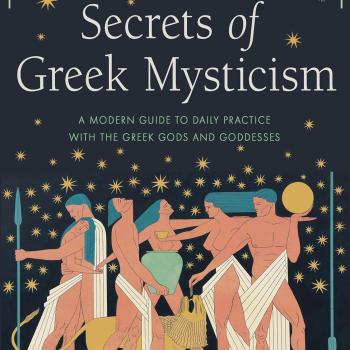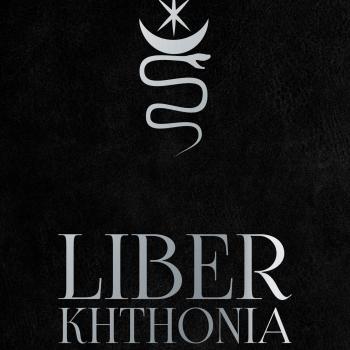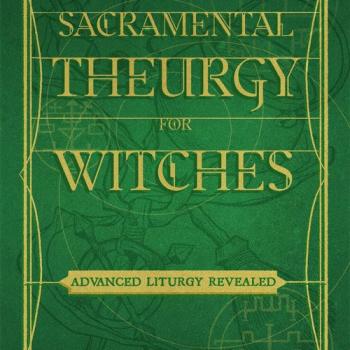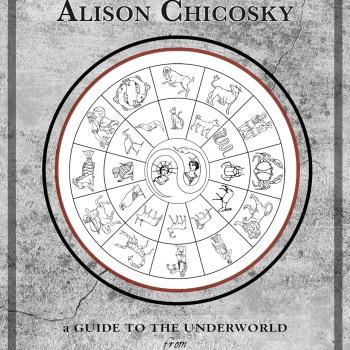There are ancient precedents for having a magickal partner that we see in the Sacred Marriages of many traditions.
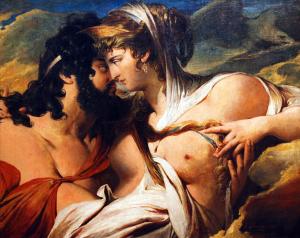
Jupiter (Zeus) and Juno (Hera) on Mount Ida by James Barry, 1773 (City Art Galleries, Sheffield)
The spiritual path is usually thought of as solitary and leads to adepthood:
“An adept is aperson who has advanced through levels of learning to become a master. In Magic, an adept commands considerable secret magical knowledge and is proficient in Rituals, Divination, psychic powers, communication with spirits, and perhaps the casting of Spells. In addition to skill and knowledge, an adept also has achieved an enlightened consciousness. Without enlightenment one cannot be considered an adept. A magus is an enlightened adept especially skilled in the magical arts.”
The available literature on magickal partners tends to be very male centric with adepts thought of as male, however, they will sometimes have a female partner “a soror mystica (mystical sister)”.
For those seeking a partner to further their spiritual advancement, I feel that it is not gender which is important, but rather a coming together of complementary polarities. Thus, while a male-female pairing is traditional, a same sex pairing where the partners agree to take on opposite polarities would work well.
Gender fluid magicians would require lots of experimentation to discern what works best for them. Invoking hermaphrodite deities is certainly a possibility.
Sacred Marriage / Hieros Gamos
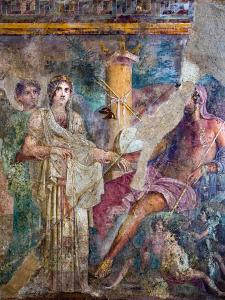
Wedding of Zeus and Hera on an antique fresco from Pompeii
According to the New World Encyclopedia, the Sacred Marriage / Hieros Gamos refers to:
“the coupling of a god and goddess or their earthly representatives, often having a symbolic meaning related to fertility and generally conducted in the spring. It can also refer to the primordial union of the masculine and feminine principles within the godhead.
The concept of the hieros gamos derives from ancient mythologies relating to the union of the first deity and his or her consort(s). In terms of the ritual expression of this idea, the heavenly marriage historically took three forms:
- The union of a god and goddess as expressed in various art forms
- The union of a goddess and a priest or king standing in the role of the god
- The union of a deity and priest/ess standing for the deity.
The tradition of heiros gamos was usually performed in agricultural societies where these unions were understood to bring rain and fertility to the land, especially in the Middle East. The priestess or priest could also stand for the deity in relationship to citizens or travelers in the practice of ‘sacred harlotry’.
The formal ritual sometimes, but not always, involved actual sexual intercourse. Documented examples normally involved a public procession, an exchange of gifts, the purification of the couple enacted in the ceremony, a wedding feast, the preparation of the marriage chamber, and an act of intercourse, either actual or symbolic. A festival on the following morning often celebrated the blessings brought to the community as a result: The union of heaven and earth resulting in the continuity of life’s cycle of rain, fertility, procreation, and abundance.”
It is important to note the coming together of two polarities in the sacred marriage, which can be seen as the prototype of fertility rituals as well as the more modern manifestation of having a magickal partner.
Ancient Greek Hieros Gamos
In Ancient Greece, the classic instance of the heiros gamos is the wedding of Zeus and Hera celebrated at the Heraion of Samos. Walter Burkert felt that “the Hera festival is much too complicated to be understood simply as Hera’s wedding.” He also found the Greek evidence “scanty and unclear … To what extent such a sacred marriage was not just a way of viewing nature, but an act expressed or hinted at in ritual is difficult to say.”
(Burkert, Greek Religion, J. Raffan, tr. (Cambridge: Harvard University Press, 1985) §II.7.7 “Sacred Marriage” 108.
The best-known ritual example surviving in classical Greece is the hieros gamos enacted at the Anthesteria by the wife of the Archon basileus, the “Archon King” in Athens, originally therefore the queen of Athens, with Dionysus, presumably represented by his priest or the basileus himself, in the Boukoleion in the Agora.
Magickal Partners
For many people, a spiritual path is a solitary path. Having one or more people to share this path really is a privilege and this is where magickal orders and covens play an important role. Having a special person who serves as a magickal partner really is a next level phenomenon. Apart from the obvious advantage of the joy of someone to share at least part of your spiritual journey, my experience suggests that rituals manifest quicker and with more potency. I would definitely recommend cultivating a magickal partner.
Tony Mierzwicki
Author of Hellenismos: Practicing Greek Polytheism Today and Graeco-Egyptian Magick: Everyday Empowerment.
